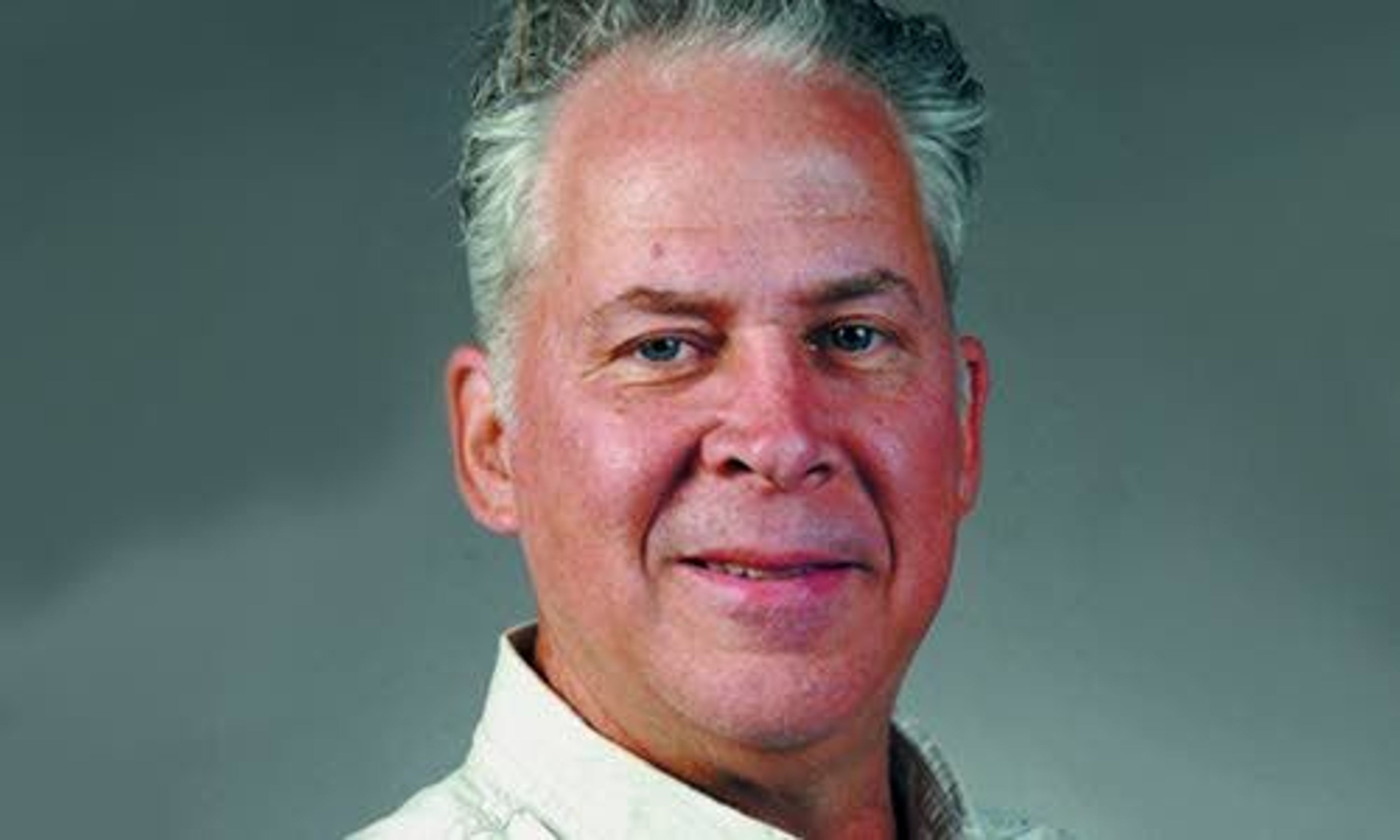In my Feb. 3 column, I argued the real matter with the southern resident orca pods was tied to swimming in polluted waters and eating polluted fish that live in those polluted waters connecting them together.
Ecologically, it’s a very complex issue. It’s a combination of many factors that affect fish and orca.
Riding the ferry from Seattle to Bremerton, I was never inside. Always outside looking at the scenery, smelling the fresh ocean air. I saw white streams of paper in the water as pleasure boats went past us. I asked a deck hand what that was. Toilet paper from the heads.
Wow. That practice was stopped in May. Puget Sound is now a no-dump zone.
Fresh Pacific Oysters, anyone? Mussels? Razor clams? Salmon?
Boats could pump out untreated sewage anywhere in Puget Sound. Federal law allows vessels to dump raw sewage only in waters more than 3 miles from the coast.
The state of Washington Department of Ecology estimates about 215 commercial vessels and 2,000 recreational boats — or roughly 2 percent of vessels that use Puget Sound — need holding tanks.
The rest?
Treated sewage discharges may contain fecal bacteria concentrations that are many times higher than state water quality standards, and even small amounts of sewage discharges over or near shellfish beds can cause enough pollution to require harvest closures, the Department of Ecology says. Really?
Inadequate sewage treatment plants on and near Puget Sound are also polluting waters there.
In 2017, the West Point Treatment Plant, north of Seattle at the Ballard Locks, sent polluted water gushing into the sound through an outfall three-quarters of a mile from shore at a depth of 240 feet. The pipes pump out about 440 million gallons in a 24-hour period, of which 10 percent to 20 percent is untreated sewage.
The Orca Task Force says it’s the lower Snake River dams that harm orcas.
In December, King County’s Richmond Beach Pump Station sent 130,000 gallons of raw sewage into Puget Sound. Power outage was blamed. That power outage cut power to a hatchery that killed 6.2 million salmon fry when the backup generators failed.
In 2016, the Department of Ecology fined King County for 23 raw sewage release violations that occurred during the previous year. The city of Seattle was also fined for 10 violations during 2015. The West Point release of raw sewage cost them just $361,000.
Victoria, B.C., also dumps millions of gallons of untreated sewage into the Strait of Juan de Fuca each day.
Why are the south resident orcas sick and dying?
Seattle City Council members say no one has complained about raw sewage being continually dumped into Puget Sound. But they scream bloody murder about proposed coal off-loading facilities and proposed oil export plants on Puget Sound. Bizarre.
The numbers are low in the south resident orca pods. Why? I believe the southern resident orcas never recovered from the 1965 to 1973 captures, such as those that happened at Penn Cove in Puget Sound. Thirteen drowned at that one capture of orcas for shows and aquariums. In that time span, as many as 45 orcas were captured and sent to entertainment aquariums around the U.S. and world. The major breeding core of the pod never recovered.
On Aug. 8, 1970, a group of men used boats, planes and explosives to drive a large family of southern resident killer whales into the shallow waters of Penn Cove, just north of Seattle at Coupeville, Wash. They ringed the panicked and screaming whales with nets and used long sticks to push mothers away from their calves.
Five whales drown in the nets. Six babies were taken from their mothers, who cried out in distress as their calves were airlifted and shipped to marine parks. After the capture, the men filled the bellies of the whales that died with rocks and tied anchors to their tales, so they would fall to the deep unreported. All for a buck. Can you imagine that?
The film is heartbreaking to watch. They should have been fried. Watch the movie “Blackfish.”
But the Orca Task Force targets the lower Snake River dams as the issue.
Salmon runs on rivers without dams from California to Alaska have been affected by low return numbers periodically during the past 10 years. This has occurred right in the orca migration lane, where entire salmon fishing seasons were canceled altogether.
Why?
Ocean conditions? The sun’s effects on Earth? Earth’s ever-changing seasonal climates? Over-fishing in the Pacific Ocean by rouge salmon fishing fleets?
Canadians catching Washington salmon in the Inside Passage?
Washington fishermen catching chinook headed for Idaho waters to spawn?
Yes. All of them affect salmon runs.
Both salmon and orcas are iconic symbols of the Pacific Northwest. We all agree they are important. Both must be saved. Finding the solution is the hard part.
Sayre of Lewiston served as regional director to former U.S. Sen. Larry Craig. His email address is sayre@cableone.net.









